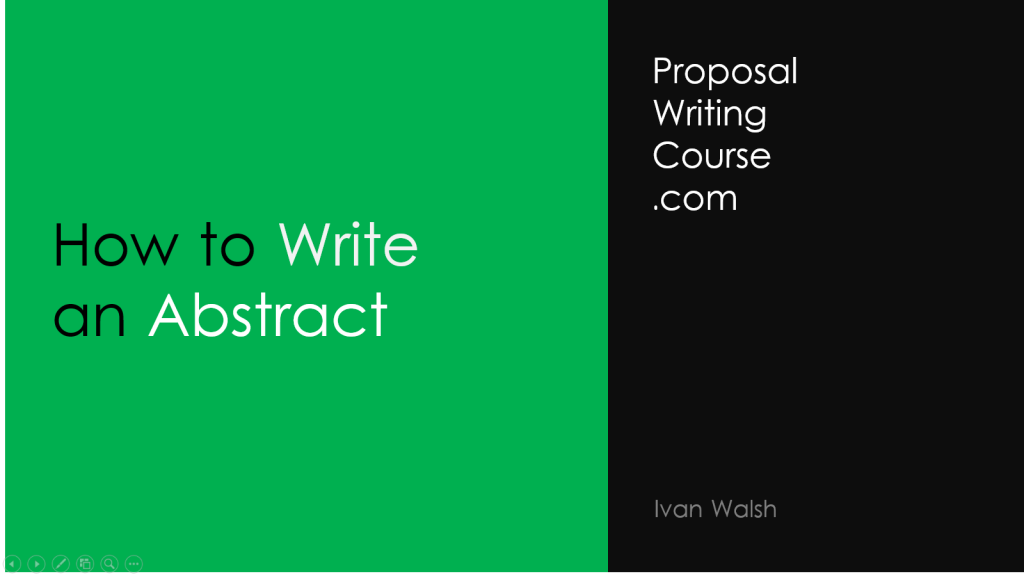They say the definition of a smart mind is the ability to write a good abstract.
In the first tutorial, we looked at how to structure an abstract by developing the tone, phrasing, and also explaining how its purpose differs from the main document.
However, before we go any further, let’s look at the two most common types of abstracts.
There are two types of abstracts:
- Informational and
- Descriptive
Informational abstracts
This type of abstract has the following features:
- Descriptive – describes the contents of reports, for example, financial documents, annual reports, and proposed technical solutions.
- Contents – the actual contents of the abstract outlines its purpose, methods, scope, results, conclusions, and usually finishes off with a set of recommendations. You also see these in business proposals or other procurement related documents.
- Highlights – towards the end it may identify critical points which relate to the series of recommendations.
- Shorter Text – when writing this type of abstract, try to keep it between 300-500 words. Sometimes they can be even less depending on the type of report. As suggested, these are distilled versions of the document, meant to be read in one sitting for executives or decision-makers.
- Specific Readerships – as alluded to above, keep in mind who will read the abstract (with an understanding that they will probably delegate each chapter to be reader by the appropriate personnel) and how this will help them make decisions based on your recommendations.
Descriptive abstracts
The second type of abstract has some of the attributes of the Information abstract but is different in the following ways:
- It includes the purpose, methods, scope but
- Does not include the results, conclusions, and recommendations
- Is shorter, for example, less than 100 words
The main difference is that Descriptive abstracts provide a high level snapshot and encourage the reader to study the report and analyse the findings themselves.
For example, the second type may be more appropriate if you are developing a system – which is still in development – and where they are no ‘hard’ facts that you can report. In this case, you want to highlight the purpose of the project but encourage the reader to find why and how you came to these results.
